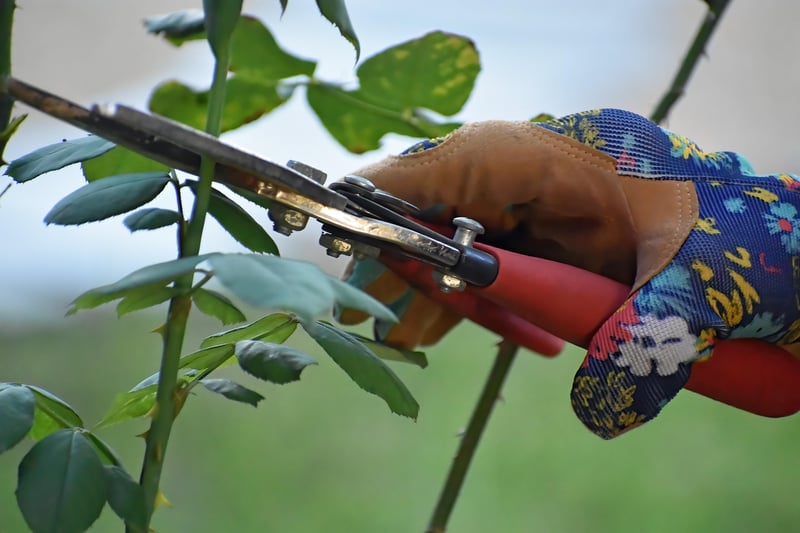Pruning Techniques
Maintain Plant Health: Essential Pruning Techniques
Proper pruning is essential for maintaining the health and beauty of your plants. By employing the right techniques, you can ensure optimal growth, disease prevention, and a well-shaped appearance. Here are some key pruning methods to help you keep your plants in top condition:
1. Deadheading
Deadheading involves removing spent flowers from plants to encourage new growth and prolong blooming. This technique redirects the plant's energy towards producing more flowers rather than setting seeds.

2. Thinning
Thinning involves selectively removing branches to improve airflow and light penetration within the plant. This helps reduce the risk of diseases by promoting better circulation and overall plant health.

3. Heading Back
Heading back involves cutting back the tips of branches to control the plant's size and shape. This technique is useful for maintaining a compact form and stimulating new growth in certain plant species.

4. Rejuvenation Pruning
Rejuvenation pruning involves cutting back the entire plant to stimulate fresh growth and restore vitality. This technique is typically used for overgrown or neglected plants to revitalize them.

By incorporating these pruning techniques into your plant care routine, you can promote healthier, more robust plants that will thrive for years to come.
Remember to always use sharp, clean tools when pruning and to avoid cutting too close to the main stem to prevent damage. Happy pruning!
